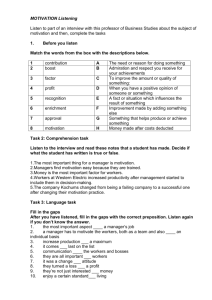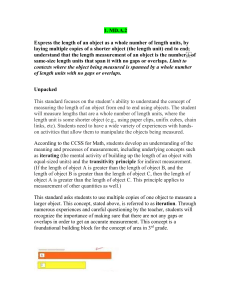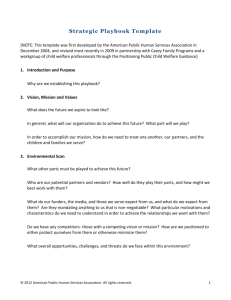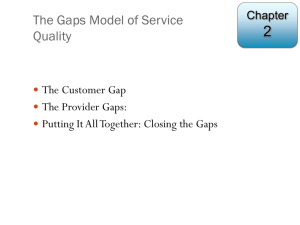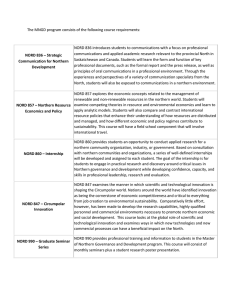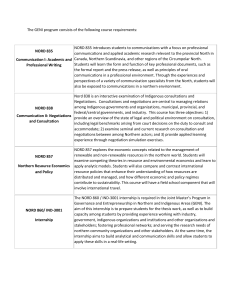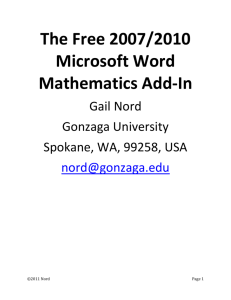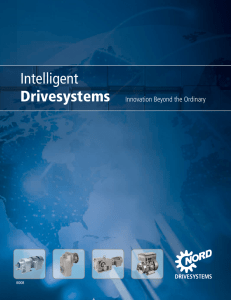TrusteE-Talk - Ontario Library Service
advertisement
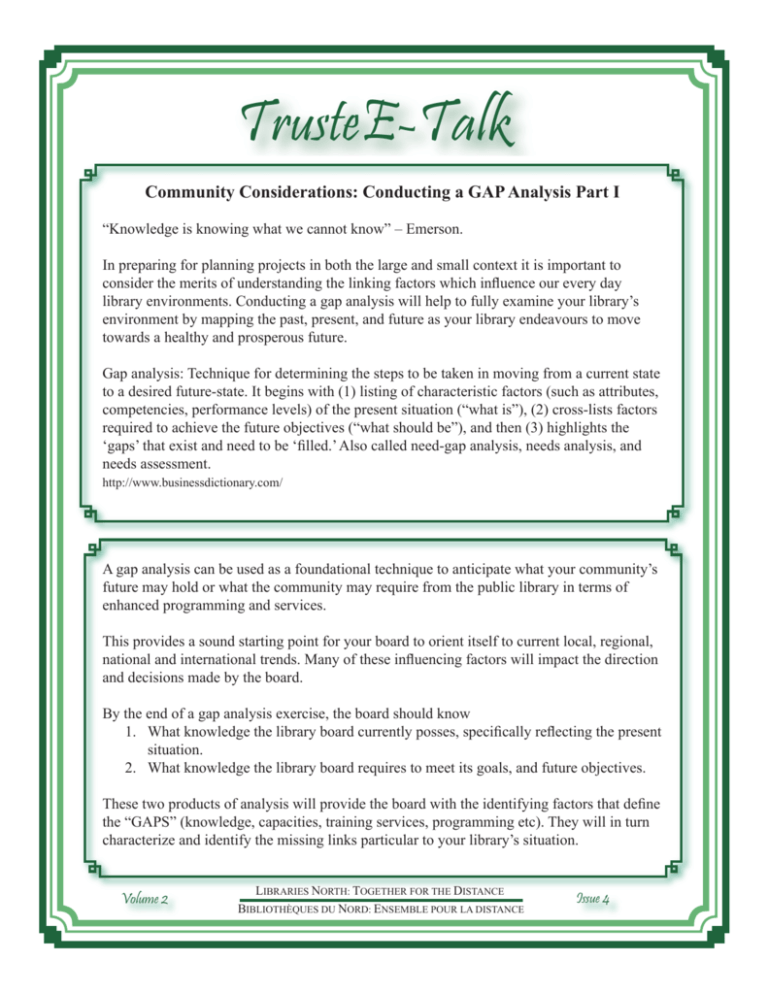
TrusteE-Talk Community Considerations: Conducting a GAP Analysis Part I “Knowledge is knowing what we cannot know” – Emerson. In preparing for planning projects in both the large and small context it is important to consider the merits of understanding the linking factors which influence our every day library environments. Conducting a gap analysis will help to fully examine your library’s environment by mapping the past, present, and future as your library endeavours to move towards a healthy and prosperous future. Gap analysis: Technique for determining the steps to be taken in moving from a current state to a desired future-state. It begins with (1) listing of characteristic factors (such as attributes, competencies, performance levels) of the present situation (“what is”), (2) cross-lists factors required to achieve the future objectives (“what should be”), and then (3) highlights the ‘gaps’ that exist and need to be ‘filled.’ Also called need-gap analysis, needs analysis, and needs assessment. http://www.businessdictionary.com/ A gap analysis can be used as a foundational technique to anticipate what your community’s future may hold or what the community may require from the public library in terms of enhanced programming and services. This provides a sound starting point for your board to orient itself to current local, regional, national and international trends. Many of these influencing factors will impact the direction and decisions made by the board. By the end of a gap analysis exercise, the board should know 1. What knowledge the library board currently posses, specifically reflecting the present situation. 2. What knowledge the library board requires to meet its goals, and future objectives. These two products of analysis will provide the board with the identifying factors that define the “GAPS” (knowledge, capacities, training services, programming etc). They will in turn characterize and identify the missing links particular to your library’s situation. Volume 2 LIBRARIES NORTH: TOGETHER FOR THE DISTANCE BIBLIOTHÈQUES DU NORD: ENSEMBLE POUR LA DISTANCE Issue 4 The following diagram illustrates how the GAP analysis assists with identifying the known knowledge and the desired knowledge required to achieve short and long term goals. GAP Analysis L i b r a r y Where the library wants to be! E n v i r o n m e n t GAP Where the library is now! Time Adapted from http://www.marketingteacher.com/ At this point your analysis should help you ascertain and identify some of the elements which will be essential to your internal planning processes. Identifying the GAPS will allow for the careful analysis of the state of your library. These efforts will also give your planners the opportunity to construct action plans which reflect the library’s mission and vision and allow for the setting of realistic goals. An interesting aspect of this type of analysis is that the data gathered may re-enforce or point out challenges already obvious in the planning process. These identified ‘GAPs’ may already be impacting the overall growth and development of the library, the community and the citizenry that you serve. Using this planning process the library board will have the opportunity to establish strong strategies that will ensure progress towards the achievement of the library’s goals in support of a uniquely defined mission. In the next issue, we will examine how to assess and treat the “GAPS” your board has identified. Volume 2 LIBRARIES NORTH: TOGETHER FOR THE DISTANCE BIBLIOTHÈQUES DU NORD: ENSEMBLE POUR LA DISTANCE Issue 4 Selected Resources: Introduction to the GAP Analysis http://www.marketingteacher.com/Lessons/lesson_gap_analysis.htm The GAP Analysis © Charles A. Dana Center http://www.utdanacenter.org/downloads/presentations/gapanalysis_march04.pdf From the EBSCO KO Database – Chartered accountant focused, however it does provide an interesting contextualization of the priority setting exercise we will explore in future issues. Title: Performing a gap analysis. Authors: Burns, Michael Source: CA Magazine; Nov2007, Vol. 140 Issue 9, p16-16, 1p http://web.ebscohost.com/ehost/pdf?vid=4&hid=2&sid=78d9531d-497a-4558-b2fc-edaa21 497dd0%40sessionmgr7 Online Training Video – Introducing the Gap Analysis by Brian Tracy http://www.youtube.com/watch?v=AJC9O6Jgnqk If you would like to suggest a future topic, request further information or comment on the TrusteE-Talk content, please contact: Steven Kraus Skills Development Advisor skraus@olsn.ca 1-800-461-6348 ext. 228 Volume 2 LIBRARIES NORTH: TOGETHER FOR THE DISTANCE BIBLIOTHÈQUES DU NORD: ENSEMBLE POUR LA DISTANCE Issue 4
